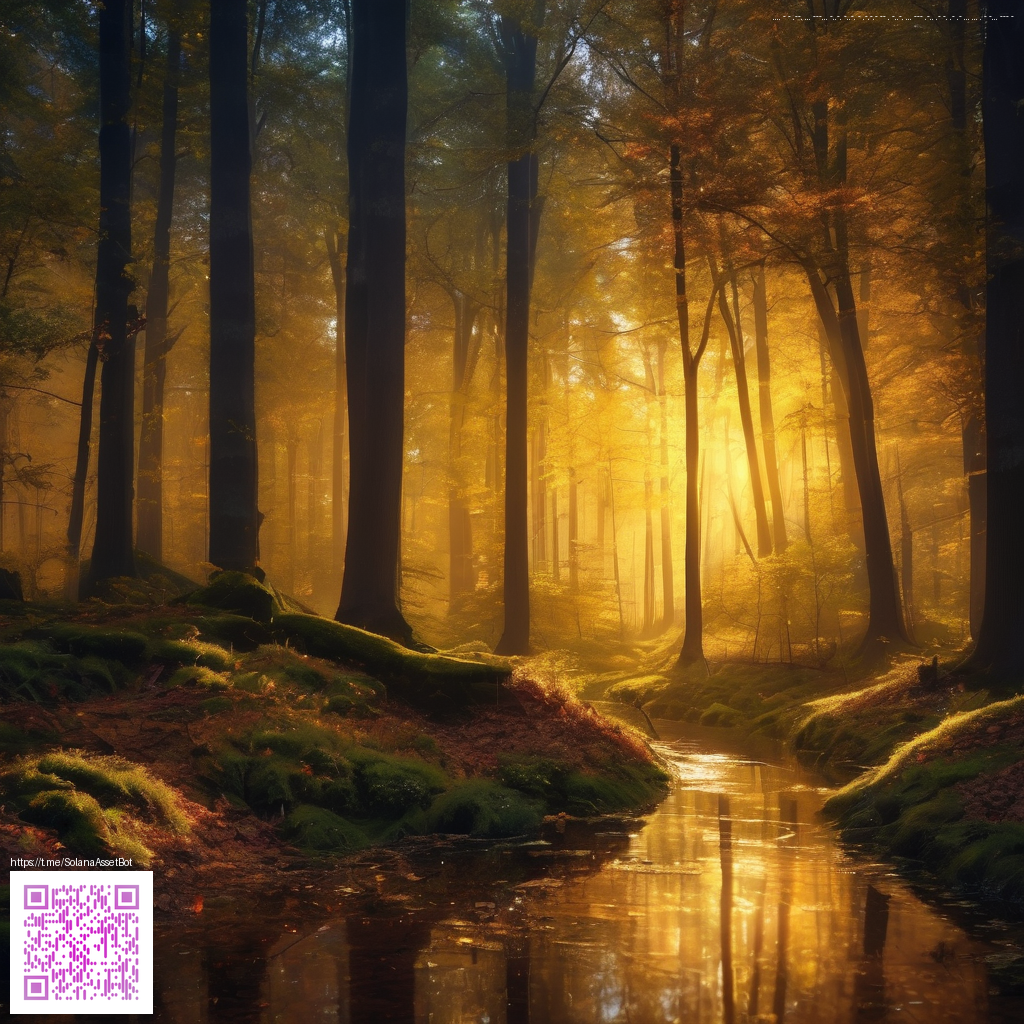
Symbolism behind Endless Automation in a Dragon of a Factory
Factorio invites players into a landscape where production never stops and every cog has a purpose. The loop of gathering raw resources, building machines, and expanding logistics is more than a game mechanic. It becomes a lens on human desire for order, efficiency, and scalable growth. The factory is a living symbol of modern industry, a microcosm where time, space, and energy collide in a dance of circuit networks and conveyor belts. As you watch belts hum and trains glide through stations, the experience speaks to larger themes about progress, risk, and the price of complexity.
Gameplay analysis that reveals deeper meaning
At its core the gameplay challenges you to translate ideas into sequences. Each product needs iron, copper, oil, or stone as inputs, and the path from resource to final item becomes a map of dependencies. This is not just about numbers it is about how plans evolve as the factory grows. Early player activity centers on simple belts and inserters but the moment you unlock train networks or circuit logic a new philosophy emerges. The factory becomes a system that must coordinate many moving parts or it stalls. That tension mirrors real world supply chains where small delays propagate and multiply through the entire operation.
Bottlenecks act as narrative devices. A single missing inserter or a misrouted train line can ripple across the base. The satisfaction comes from diagnosing the choke point and reworking the layout until throughput meets demand. This persistent problem solving mirrors the creative process of designing complex systems in any field. The sense of accomplishment grows as the factory shifts from a random build to a coordinated ecosystem where each module communicates with others through the circuit network and a shared language of signals.
In practice the push toward higher throughput is a meditation on scale yet a reminder that elegance often hides in simplicity. A tidy blueprint can turn a sprawling layout into a harmonious machine.
Community insights and shared aesthetics
Players exchange blueprint libraries the way artists share palettes. A color coded approach to factory zoning turns sprawling layouts into clarity. The community treats factory design like lore in a evolving world map where you can glimpse a style and borrow ideas. Shared stories emphasize how layout choices affect not just efficiency but also the feel of the game. A well arranged factory becomes a visual poem in metal and glass where every segment has a reason to exist and every color tells a story about its role in the chain.
Beyond aesthetics the social fabric of Factorio is built on collaboration. Players trade strategies for reducing pollution, defend against biters, and optimize trains for long hauls. The more you participate the more you see a culture that values patience, experimentation, and the idea that complex systems are approachable when broken into modular steps. That mindset translates to real world communities as well, where hobbyists and engineers share techniques across borders and languages.
Modding culture as an extension of symbolism
The modding scene turns the factory into countless variations of meaning. Some mods tilt the balance toward deeper sandbox play with more intricate production lines, while others emphasize aesthetics that transform belts into flowing rivers of color. Popular mod packs such as Bob's Mods and Angels Refactor expand the toolkit with new resources, machines, and production chains, inviting players to reimagine what a factory can be. The result is a broader dialogue about how systems can be reinterpreted without losing the core logic of automation.
Modders also push toward explicit visuals that heighten symbolism. A factory painted in monochrome chrome may feel clinical and efficient while a lush, colorful layout can evoke growth and abundance. The conversation moves from pure function to expression, reminding us that games are not only simulations but canvases for how we imagine progress and its side effects.
Developer perspectives and the philosophy of automation
Wube Software has shaped Factorio around the idea that automation is a craft rather than a mere metric. The challenge is to deliver a system that remains approachable to newcomers while offering depth for veterans. That balance is achieved by keeping the core loop scalable and modular. The design encourages experimentation with different factory architectures, each with its own identity and rhythm. In developer discussions you can hear a belief that complexity should be tamed by clear rules, not by overwhelming players with chaos. The result is a world where automation becomes a creative discipline rather than a grind.
Update narratives and ongoing evolution
Updates over the years have refined logistics, expanded circuit networks, and improved multiplayer cooperation. The team has pursued quality of life improvements that reduce friction while preserving the sense of discovery as players unlock new technologies. Each patch adds layers to the symbol of endless growth, offering fresh opportunities to rethink factory layouts and to challenge old assumptions about what a perfect production line looks like. The evolution is not about conquering a static map but about building a living system that invites revision and reinvention.
A call to support a decentralized vision
Support the ongoing work that makes these worlds possible while promoting a decentralized web ethos. If you would like to contribute to this mission you can make a donation that aligns with a decentralized internet future. Your support helps sustain communities that value open collaboration and resilient networks.
Support Decentralized Internet